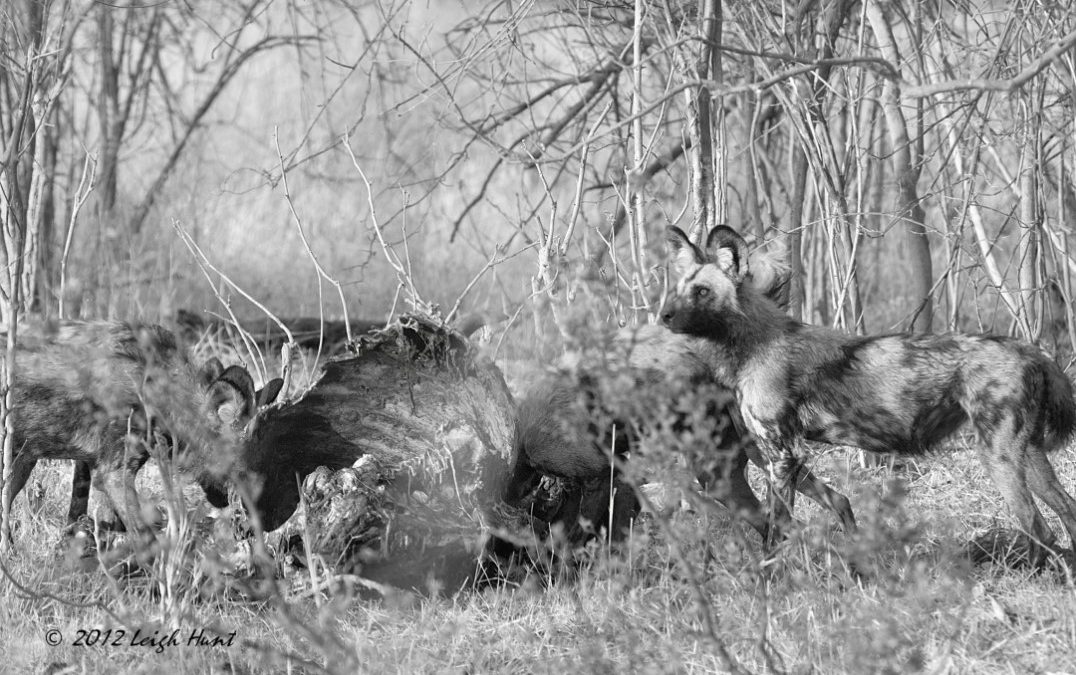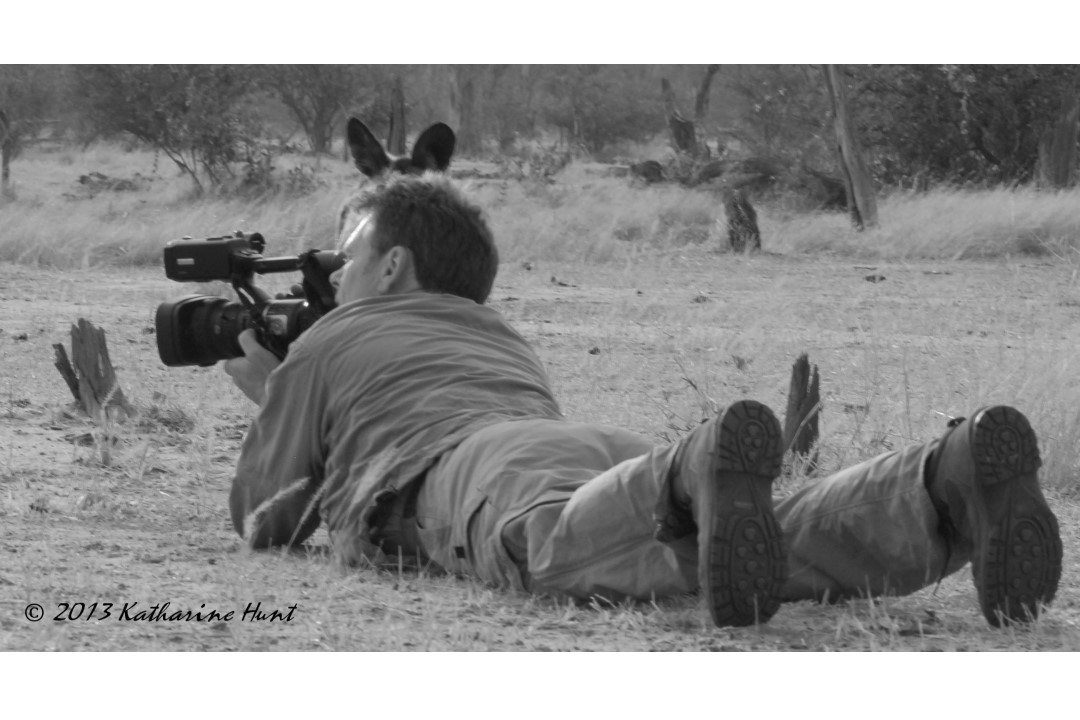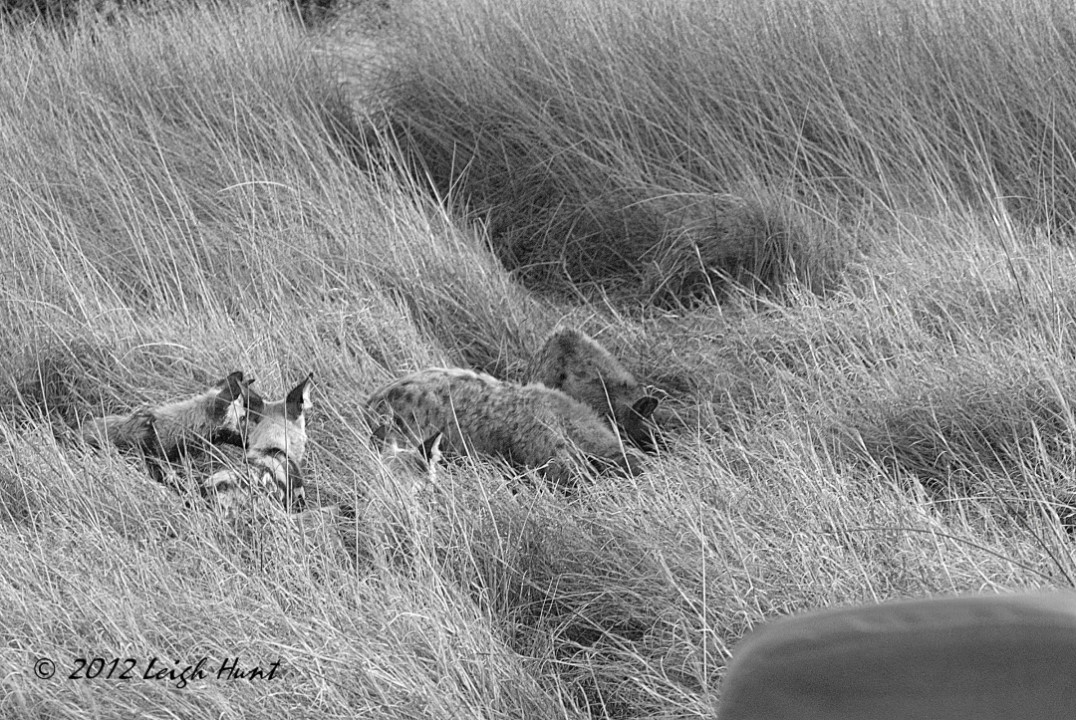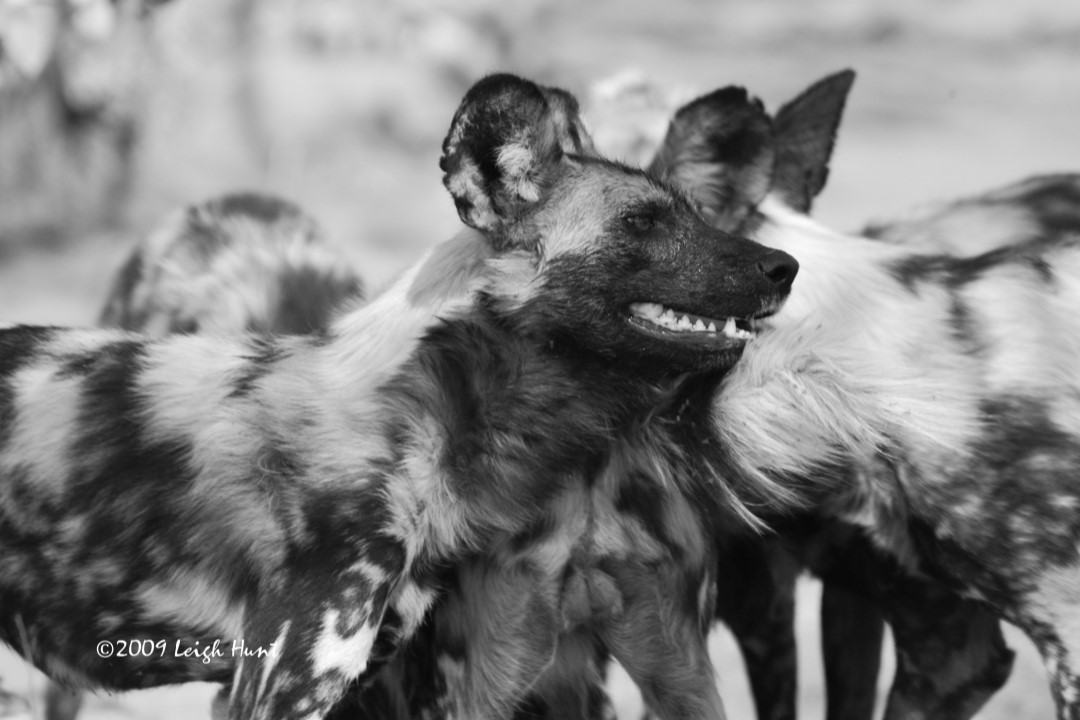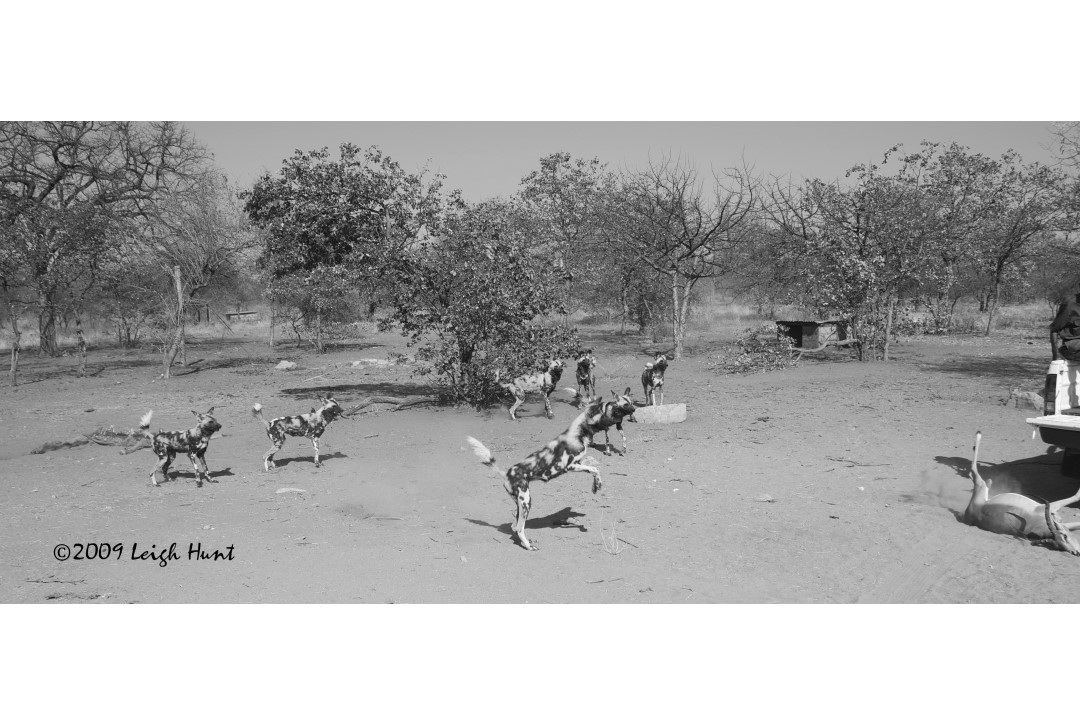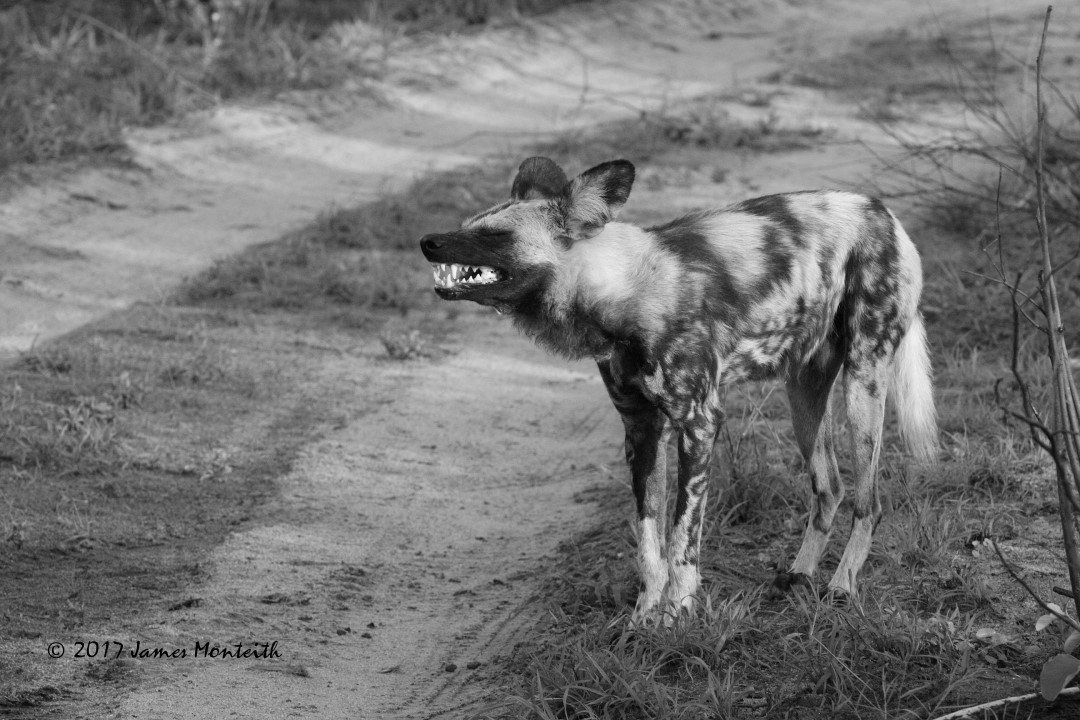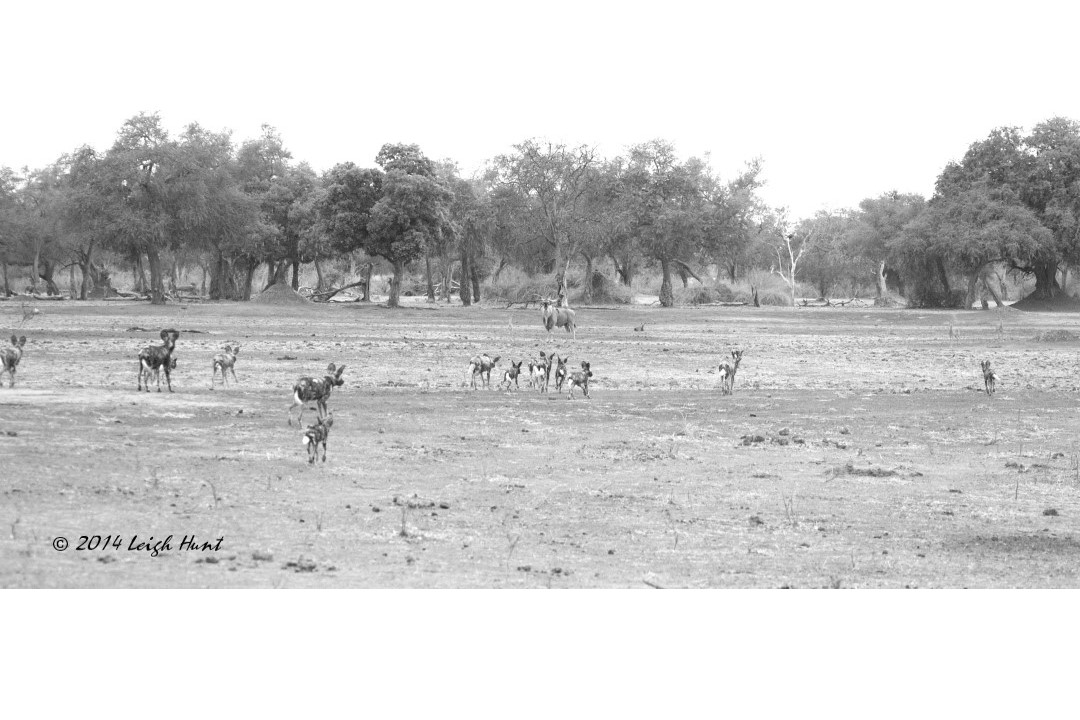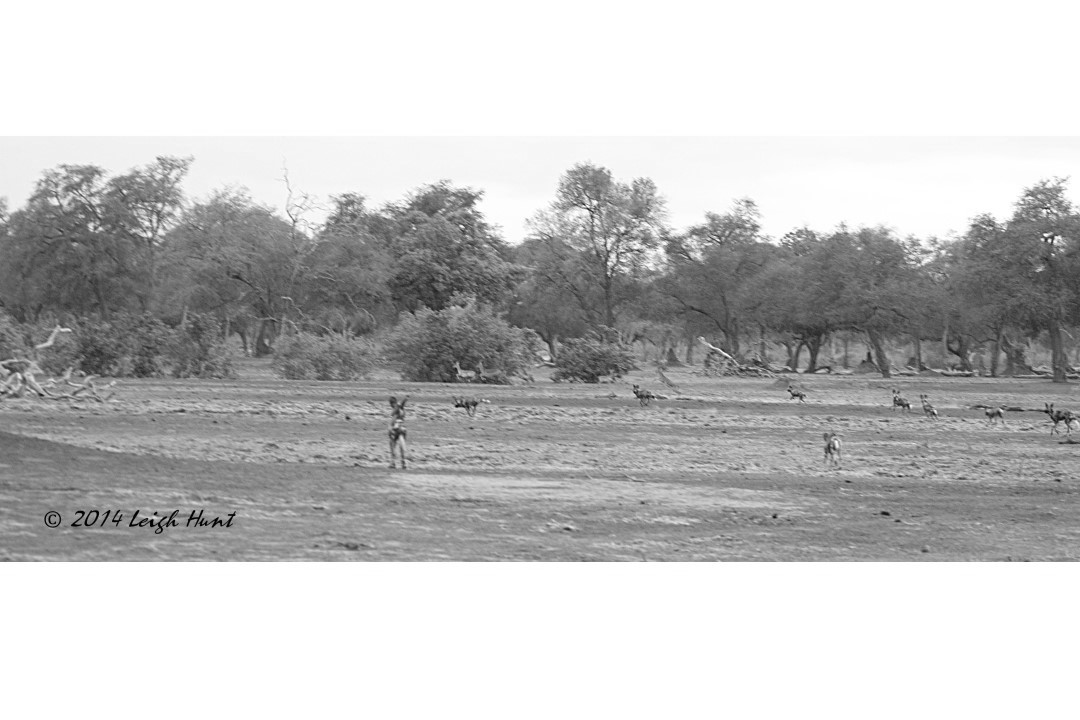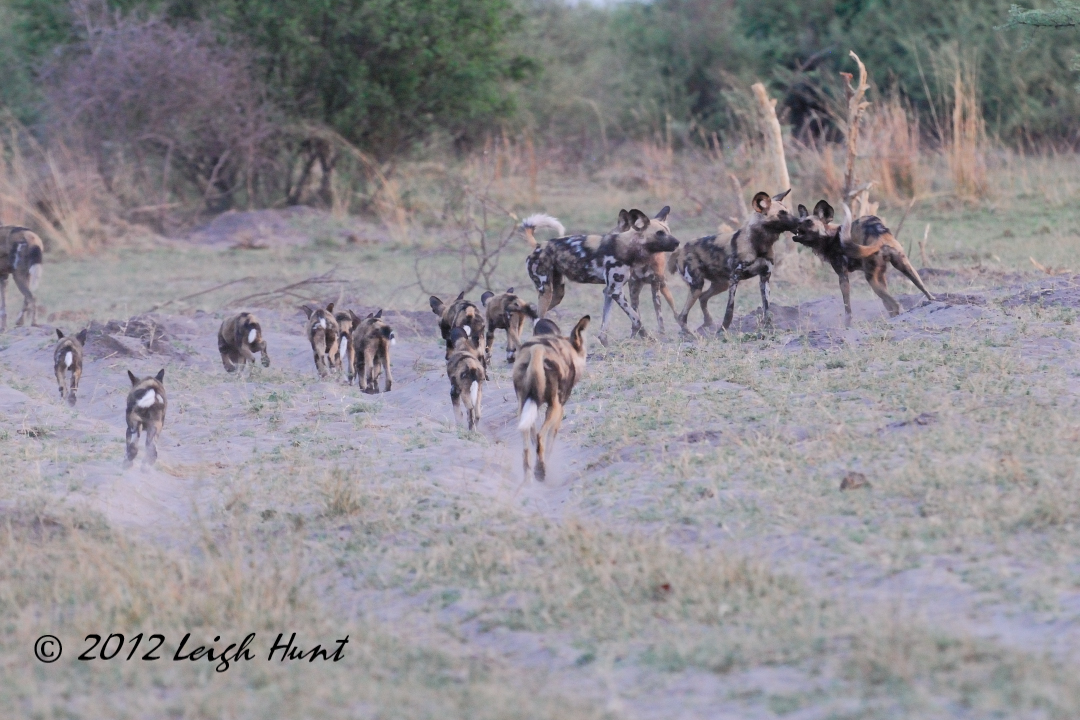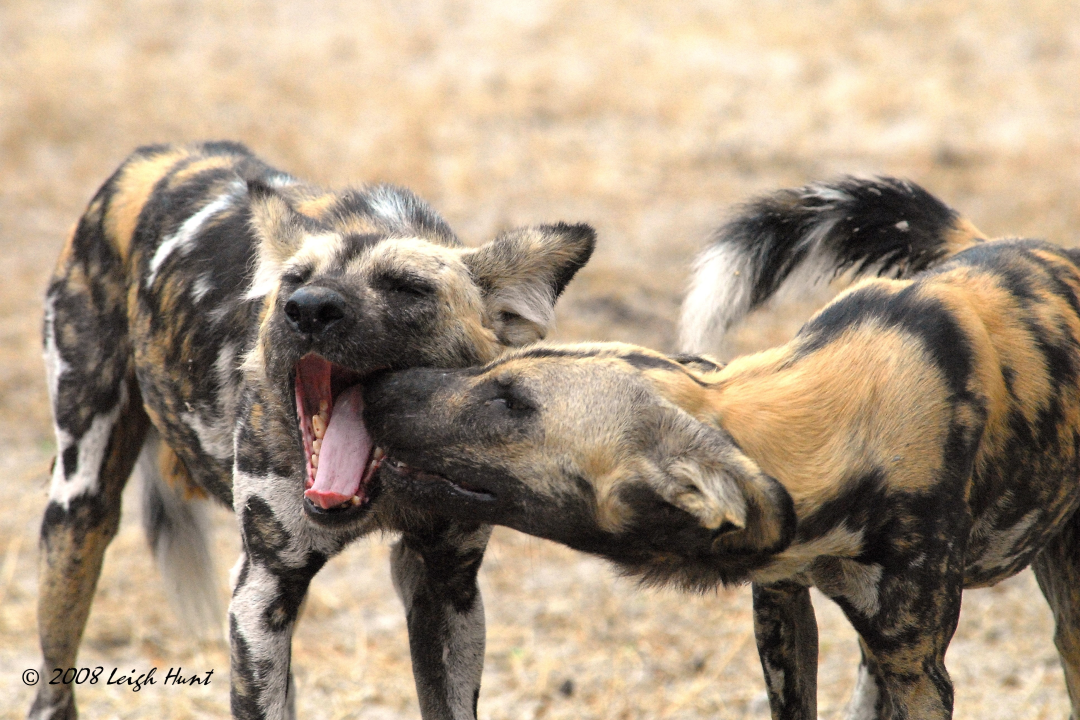On many safaris we’ve been lucky to encounter these special animals
In South Africa we had already seen the “Big 5” species in one day when word came that there was a cheetah and cub nearby. This was to be our first cheetah sighting but it was interrupted with news that a pack of wild dogs were lying in the road a short distance away. Imaging the conflict – our first cheetah AND our first wild dogs! What to do? And so began many years of encounters with wild dogs – denning, playing and hunting. (We’ve also had some great cheetah experiences, but that’s for another blog).
So, this day in the South African bush revealed not only the Big 5 but the Big 7. For those who don’t know, the Big 5 are: lion, elephant, leopard, buffalo and rhino (white or black).
From South Africa we’ve encountered wild dogs in Botswana, Zambia, Zimbabwe and Tanzania – countries where there remains sufficient space for (some of) these efficient hunters to live and raise their young free from conflict with humans.
It’s a fact of life for most predators that their competition will try to eliminate them – so dogs, especially pups, are killed by lion, leopard and hyena. Hyena will frequently follow hunting wild dogs to steal the dogs’ kill – especially if the kill has been made by a single dog or a splinter group of dogs. In Botswana we encountered a pack that had to kill 3 impala in order to feed their pups. The first kill was stolen by hyena. The second tried to escape into a small lake but was killed by crocodiles. The dogs’ third hunt was successful. Having eaten, the dogs had just settled down with the pups surrounded by a perimeter of adults when an impala buck ran stotting right through the pack. A few of the adults made a desultory chase but were either too tired from the previous hunts or too full from their meal and the buck had a lucky escape.
Wild dogs are such effective hunters that we have only seen them scavenging leftovers from a kill once. On this occasion the pack finished of the leftovers from a bull buffalo killed overnight by hyena (see the featured image).
Dogs are fascinating. Dogs can also be pretty smelly – especially when at the den. Their coats have unique patterns, their dentistry is also unique having 2 fewer teeth than most predators and is specially adapted to their style of hunting.
Some of the images above are of a pack of dogs in Mana Pools, Zimbabwe hunting. We had been tracking the pack – 10 adults and 9 pups – on foot when the adults decided that a hunt was viable. The dogs started fanning out and encountered an eland bull. The bull simply faced down the dogs and didn’t move so the dogs moved on and flushed a herd of bachelor male impalas. The impala ran so the dogs chased. The classic understanding of dogs hunting behaviour is that the hunt in a kind of relay where one dog will pursue the prey until the lead dog tires at which point another takes over.
Our experience is that this is probably the way dog packs hunt on the open plains where they may also have been hunting prey larger than impalas. Where we have witnessed hunts, in savannah woodland, they have been more random affairs with individual dogs or small numbers chasing multiple impalas at the same time. The impalas frequently run in one or more groups but these can then split with individual animals becoming separated. This means that the pack can make several kills often over a wide area before returning with meat to the pups (and their guardians). We were on foot and running to keep up with the dogs with the images reflecting the chaos of the hunt.
Other images are from when we were privileged to be invited to watch a group of orphaned wild dogs that were being prepared for release. The pups’ parents had been killed by farmers and the pups left to perish. They were rescued and taken to a large boma enclosed by green sheeting to limit the dogs’ exposure to the sight of humans. They had been raised for several months and were fed at random intervals with a kill dropped from the back of a pickup. We were invited into the boma at feeding time. Subsequently, the orphaned females were exchanged with females from a different group orphaned in Mozambique. This mimicked the normal dispersal of siblings as they mature to minimise the chance of inbreeding and to improve the gene pool. The reformed pack were release once the new females had bonded and an alpha pair had established themselves.
The “Up close and personal” image leads on to the “Just Dogs” video later. There have been no known attacks on humans by wild dogs and wild dog pups are particularly inquisitive as the image and video show. To spend more than an hour in the sand surrounded by 9 pups all making “chittering”, squeaking and bird-like calls interspersed with growls is one of life’s defining moments.
It’s not just cheetah sightings that we’ve been compelled to leave because dogs appeared. We’ve also given up leopard sightings but in this case we got a two-for-one sighting as the dogs we went to see had treed a leopard! It was getting late when we took this video clip – one very unhappy male leopard chased up what can hardly be described as a tree by a pack of dogs protecting their pups. The quality isn’t great but it was getting dark and the dogs were not prepared for multiple takes!
Just to show Wild Dogs by there other name Painted Wolves here are some images of dogs – in colour. The lives of Wild dogs are not black and white but shaded and nuanced and colouful.
With thanks again to Nick Dyer and Peter Bilston for the use of the Wild Dog bounty poster (from their fabulous book “Painted Wolves – A Wild Dog’s Life“) in Part One of this blog.
The Painted Wolf Foundation aims to secure the future for the Painted Wolf.
With thanks to our clients for the use of their wild dog images. We chose a limited selection and could have published many more.

